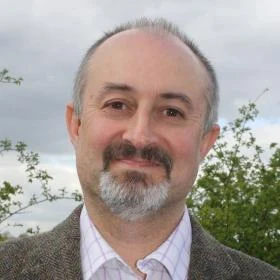
A New Perspective on ADHD and its Remedies
A fully revised and updated edition of the groundbreaking book on tackling the root causes of children’s attention and behavior problems rather than masking the symptoms with medication.
More than twenty years after Dr. Thomas Armstrong's Myth of the ADD Child first published, he presents much needed updates and insights in this substantially revised edition. When The Myth of the ADD Child was first published in 1995, Dr. Thomas Armstrong made the controversial argument that many behaviors labeled as ADD or ADHD are simply a child's active response to complex social, emotional, and educational influences. In this fully revised and updated edition, Dr. Armstrong shows readers how to address the underlying causes of a child's attention and behavior problems in order to help their children implement positive changes in their lives.
The rate of ADHD diagnosis has increased sharply, along with the prescription of medications to treat it. Now needed more than ever, this book includes fifty-one new non-drug strategies to help children overcome attention and behavior problems, as well as updates to the original fifty proven strategies.










